Tips for Sustainable Living
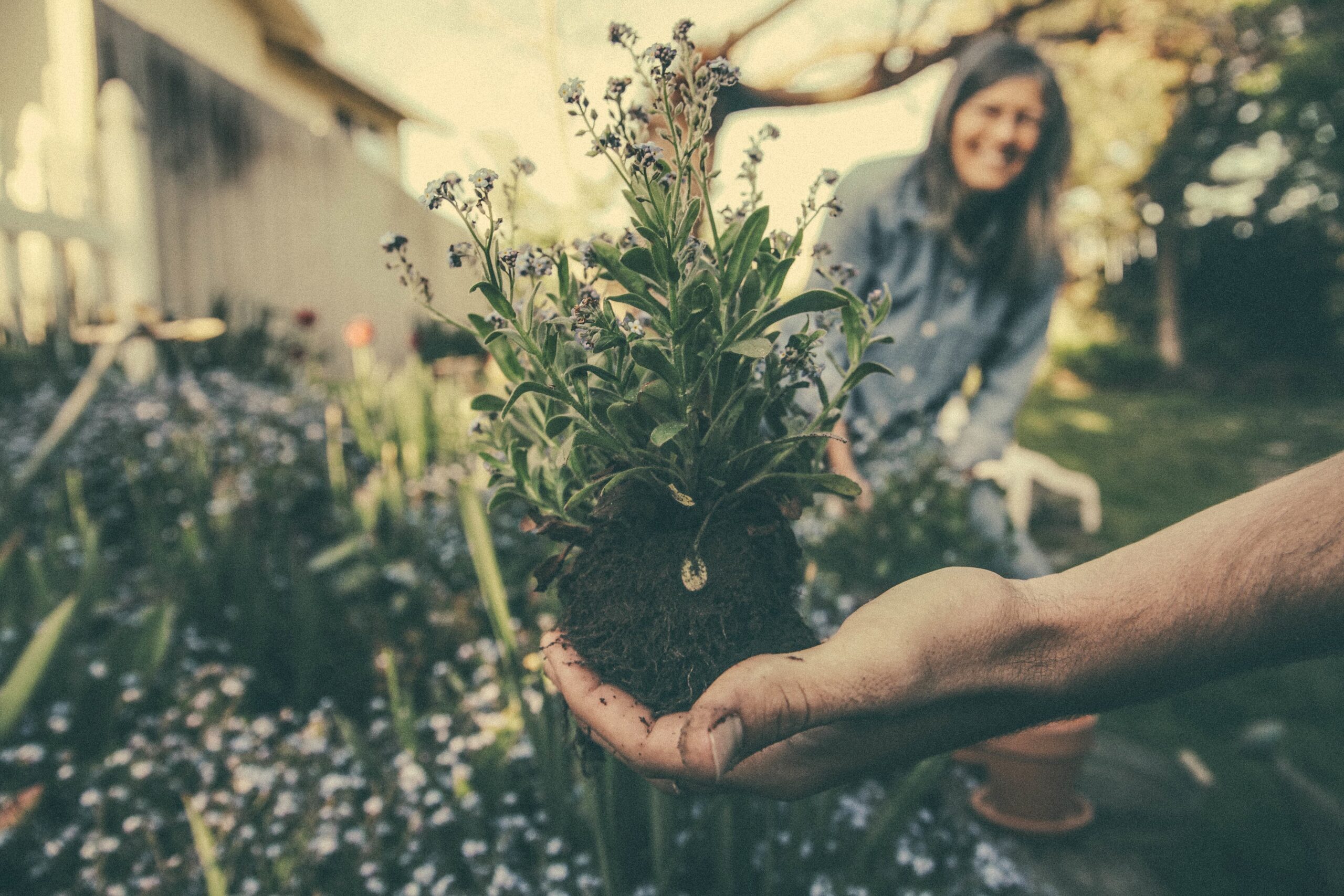
Applying Eco-Friendly Strategies to Our Daily Lives
“Sustainable living” always means different things to different people. For all intents and purposes, though,to live sustainably is to live accountably. Create environmentally friendly habits and consciously hold yourself accountable when those standards are not consistently met. As a rule, the aim is to practice setting standards for yourself and to conduct your lifestyle accordingly. Look, practice makes… practice, not perfection. If you make a habit of actively practicing sustainable living, you’re already doing your basic part in making this world a better place to live. Practice habits that favor the environment and balance with earth’s natural ecology.
No one is perfect; that’s why for those less than perfect moments, you can rest easy knowing your Forest Founders subscription is picking up the slack. Don’t worry, we’ll get to our subscription-based accountability program later on.
So, let’s introduce some of our favorite green tips for living a sustainable life.
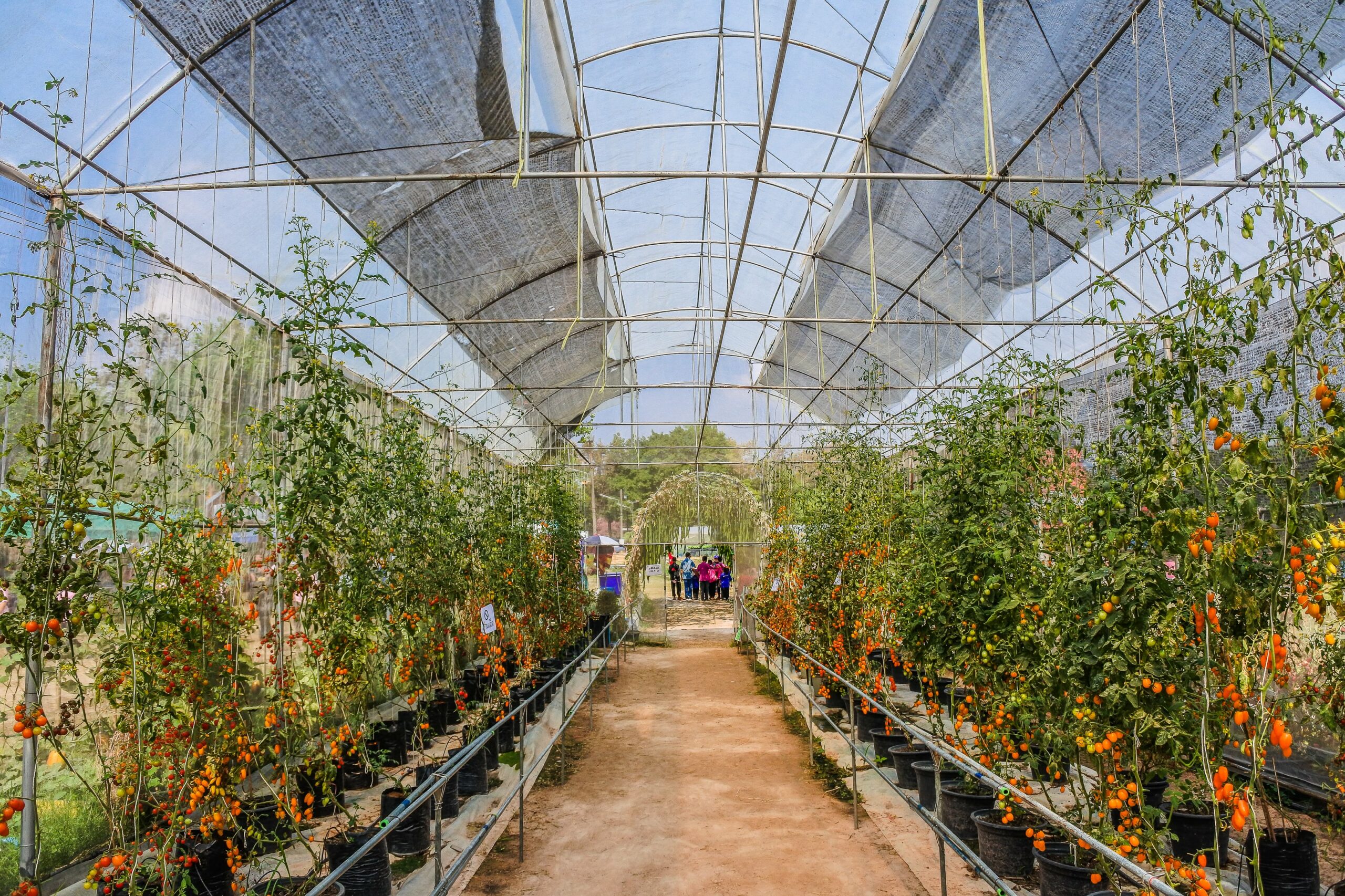
Small Scale Tips for Sustainable Living
There are many small ticket ideas to start living a more sustainable lifestyle. We’ve all heard the phrase “reduce, reuse and recycle”, but there are other things we can do as well.
Reduce, Reuse and Recycle – Breaking it Down
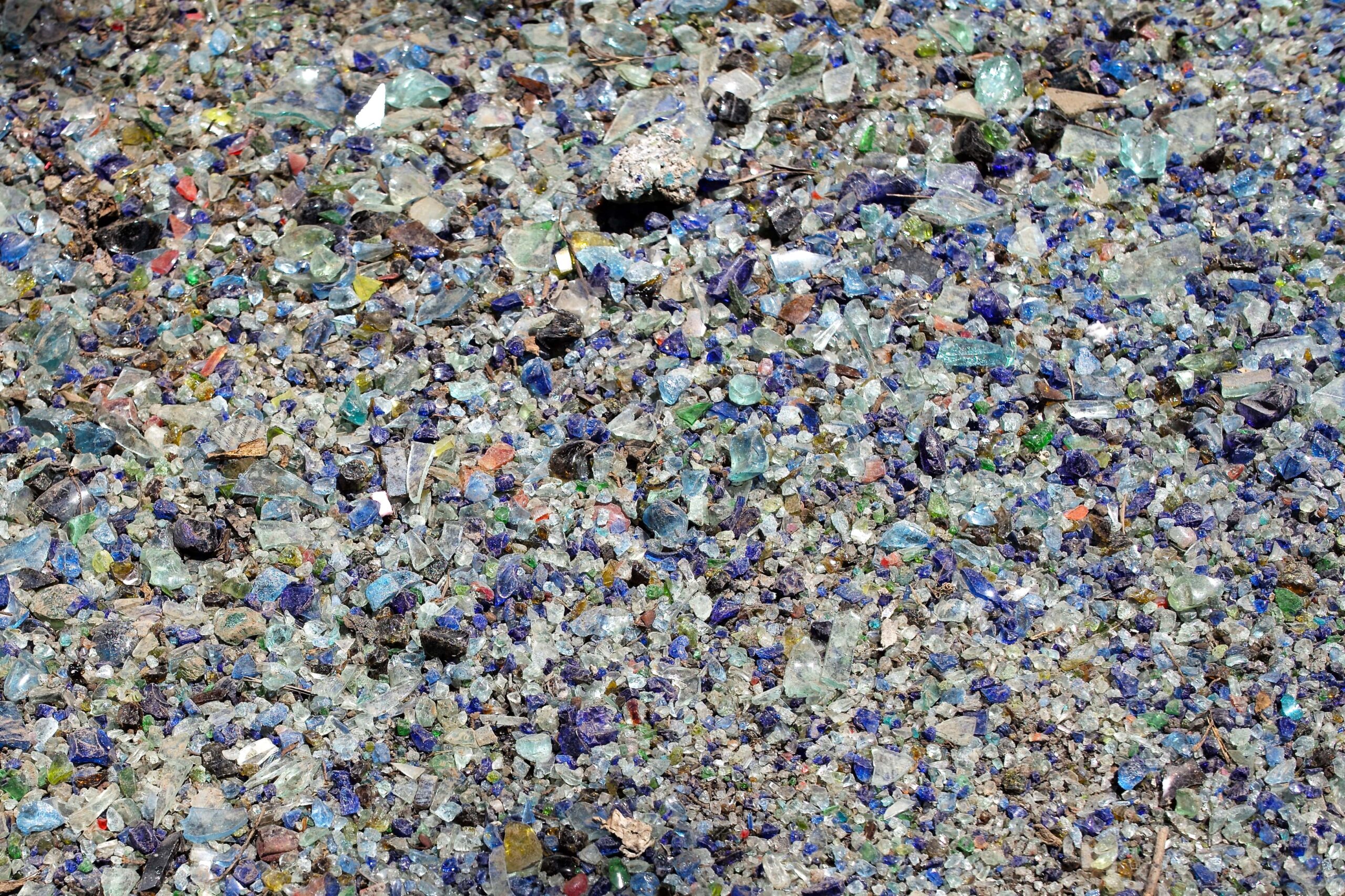
Reduce
When we think of reducing, it’s less about cutting things out and more about being aware of our impact on the environment. Generally, when we can calculate our eco-footprint, we have a harder time purchasing or using things that are bad for the environment. Check out this video, called the “Story of Stuff”, to get an idea of how raw materials and products move around the world. Here are some other things to think about when reducing:
Reduce purchases. Just as you consider your financial budget, consider your eco-budget and make sustainable purchases! Think before you buy any product -do you really need it? Buy only what you need! How does the production of this item impact the environment and how will it further impact the environment when it’s disposed of?
Buy used. There’s a reason site like Craigslist, Amazon, and eBay exist. Buying used products whenever possible is extremely beneficial to the environment and for your wallet. Local thrift stores, consignment shops, or local material exchange shops are a great resource for making smart, sustainable purchases.
Borrow and Share with Friends. If you need something temporarily, don’t buy it! Ask around. Share your books, movies, magazines, etc with friends and neighbors.
Bulk Purchases. Avoid products that are packed for one-time use. Instead, buy products in bulk and package them yourself. Also, put your freezer to use! Most perishable items can be frozen and you can take them out to thaw when you want to use them.
Other ways to reduce…
Use reusable shopping bags to cut out plastic!
Metal straws and your own mugs/cups!
Make your own products
Reduce waste and create a compost pile!
Replace paper products with reusable products such as cloth napkins or dish towels (you can cut up old clothing to use for cleaning!); switch to digital organizers for shopping and to-do lists, emails, etc; read books, magazines, and newspapers from your local library.
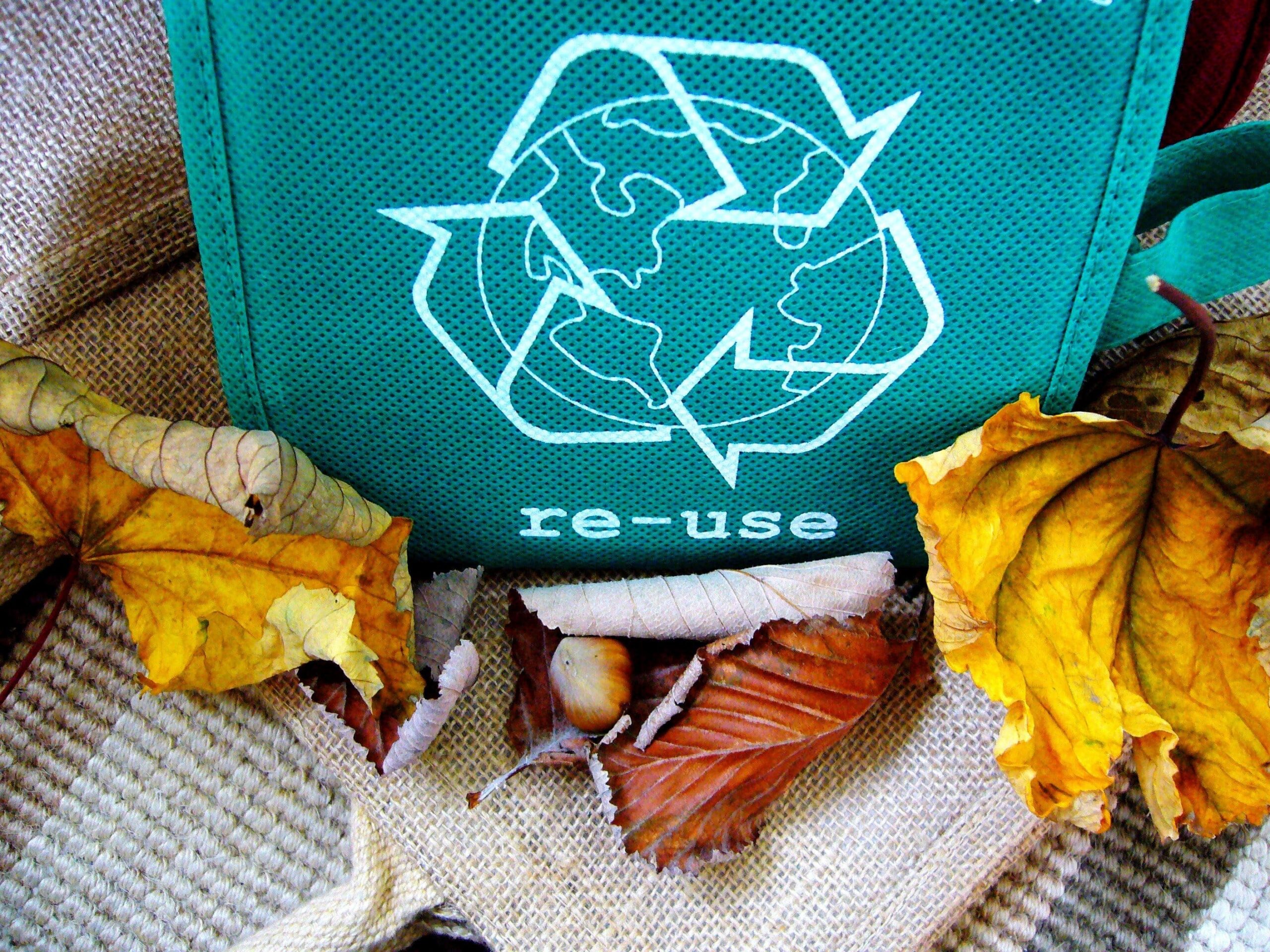
Reuse
It’s not a bad word! Yes, “new” is an attractive idea, but most of the time, it’s not sustainable. Here are some ways you can reuse:
Garage/Yard Sales! Shop at and hold garage sales. It’s a great way to reduce clutter and reuse products. Plus, you can save money and make money! It’s a win-win.
Reusable Products. Make the switch from disposable to reusable products. This includes food and beverage containers and straws, plates, writing pens, razors, towels, shopping bags, etc. This also includes rechargeable batteries, refurbished computers, and other tech stuff… and if you need a place to sell or purchase them, Amazon is your friend!
Donations.You know the phrase, “one man’s trash is another man’s treasure!” Donate (and buy used) household items like clothes, furniture, dishes, books, sports equipment, magazines, appliances to charities or local thrift shops. Also, you can donate electronics, computer equipment, cell phones, iPod/MP3 players, laptops to your local homeless shelters or, especially for electronics, this is a great (free) place to send them to. Recently finished a project at home and have extra building materials? Send them to Habitat for Humanity.
Here’s a bigger list of places to donate to:
Lenscrafters (for your old eyeglasses)
Send extra hangers to your local dry cleanersSend art or school materials (this includes sports equipment!) to schools or community activity centers near you
Unwanted boxed or canned food to homeless shelters, food banks or soup kitchens in your community
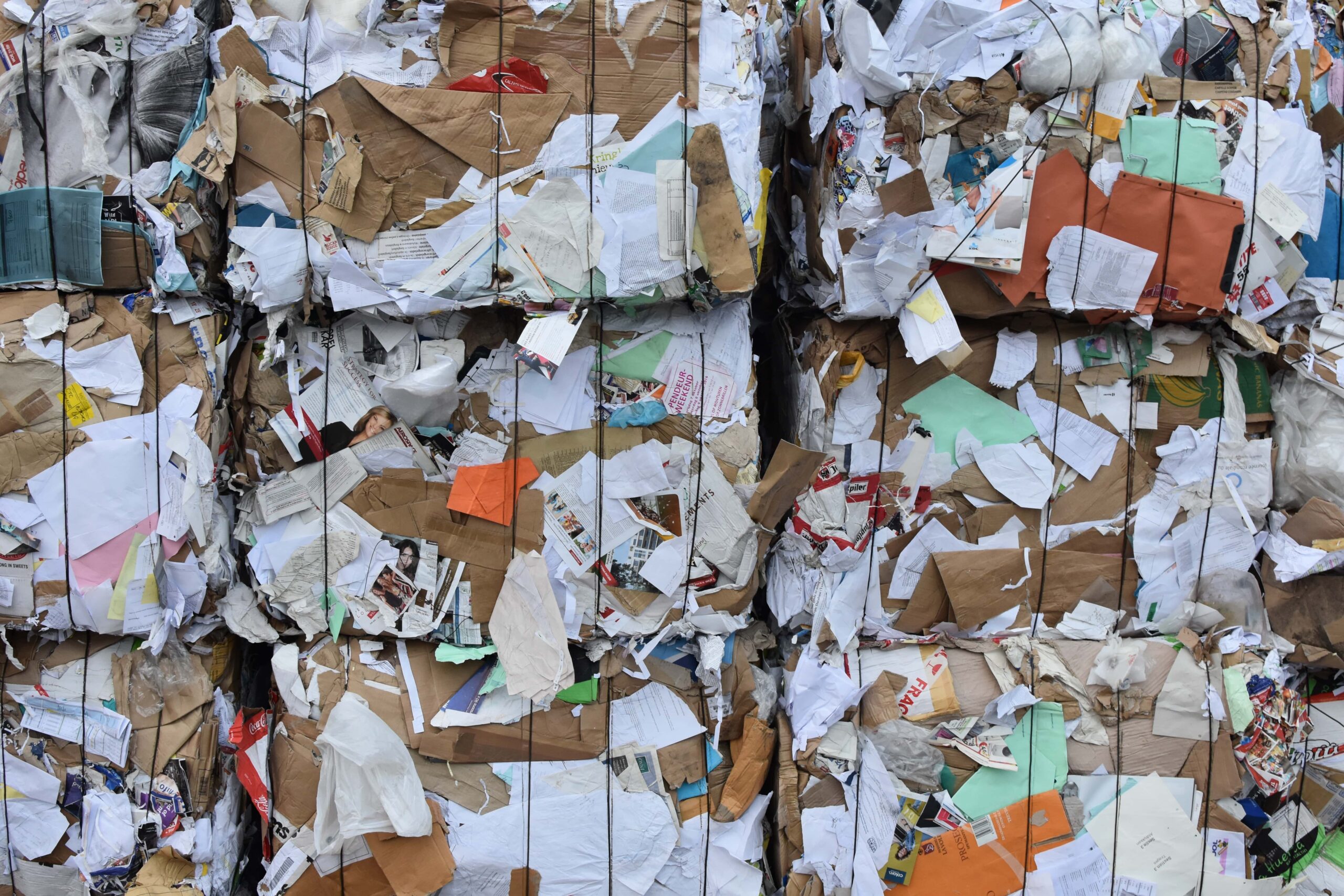
Recycle
Most items are fairly self-explanatory and usually have the
recycling symbol on the item itself, telling you it is safe to recycle. However, your local dump may have limited resources for hard-to-recycle items. Be sure to check out what you can recycle in your community, and if there are items you can’t recycle, you’re not out of luck! Create a local recycling sheet and share it with your neighbors! Find out where you can recycle locally by entering your location via Recycle Nation
Here is a general list of more recyclable items:
Glass; Paper products; Plastic grocery bags (better yet – use cloth bags!); Plastic (including 1-7 ID codes); Aluminum; Cardboard; Tin cans and glass bottles (depending on where you live, you can actually get paid for recycling your cans and glass bottles); Scrap metal; Motor oil (FYI one quart of oil can poison fish and other water creatures in thousands of gallons of water); Ink cartridges; Household appliances; computer equipment; other electronic devices; styrofoam; and tires.
Think about Hazardous Waste. The other key aspect of dealing with waste effectively is to dispose of toxic products at a hazardous waste facility. Products requiring special handling include:
Building Materials. Paint, varnish, paint thinner, solvents, rust remover, wood preservatives, and driveway sealer
Automotive products. Gasoline, transmission oil, brake fluid, kerosene, charcoal lighter fluid, power steering fluid, used motor oil, used oil filters, used antifreeze
Household cleaners. Spot removers, rug cleaners,metal cleaners, bathroom cleaners, oven cleaner, drain cleaner
Pesticides. Insect killers, weed killers, flea products, moth crystals, fertilizers with weed killer
Miscellaneous. Photographic chemicals, acids and corrosive chemicals, pool chemicals, compact fluorescent light bulbs (mercury), Ni-Cd batteries
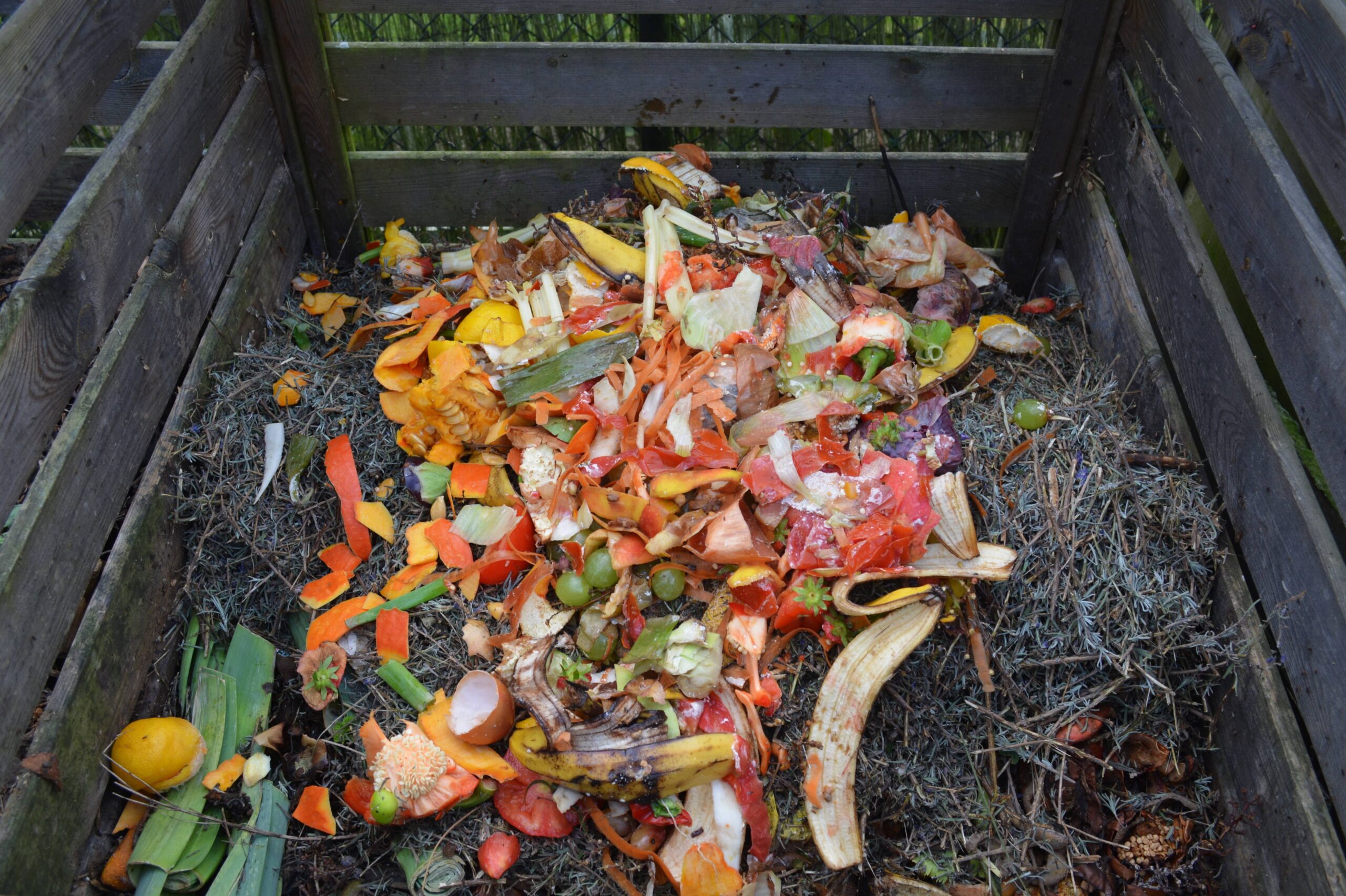
Taking Action: Sustainable Living
Sure, the above-mentioned three “R”s are incredibly important and helpful in reducing your negative impact on the environment. But for all intents and purposes, let’s think of those steps as the baseline for living a sustainable lifestyle. Those are just the small-scale ideas and they’re totally achievable. There’s more you can do.
More You Can Do

Use Alternative Transportation!
According to the CDC, “pollutants released by vehicles greatly increase air pollution levels and have been linked to adverse health effects, including premature mortality, cardiac symptoms, exacerbation of asthma symptoms, and diminished lung function.”
Alternative options include:
walking and bicycling, public transportation, and carpooling. Try adopting more sustainable methods of traveling when going from place to place.
Save and Conserve Energy!
Here are some tips for saving energy from the CDC:
Make sure your home is well-insulated to conserve energy and spend less on heat and air conditioning.
Use a programmable thermostat to time your heat and air conditioning for when you are in your home. These can shut off while you are away, saving both energy and money.
Weatherproof your home. Caulk, seal, or weather strip outside openings to prevent air leaks.
Conserve water by installing aerating and low-flow faucets and showerheads. Choose garden plants that don’t have a high demand for water.
Looking for a major upgrade? Tankless and on-demand water heaters can save up to 30% of energy compared to standard natural gas tank heaters.
The Forest Founders Program
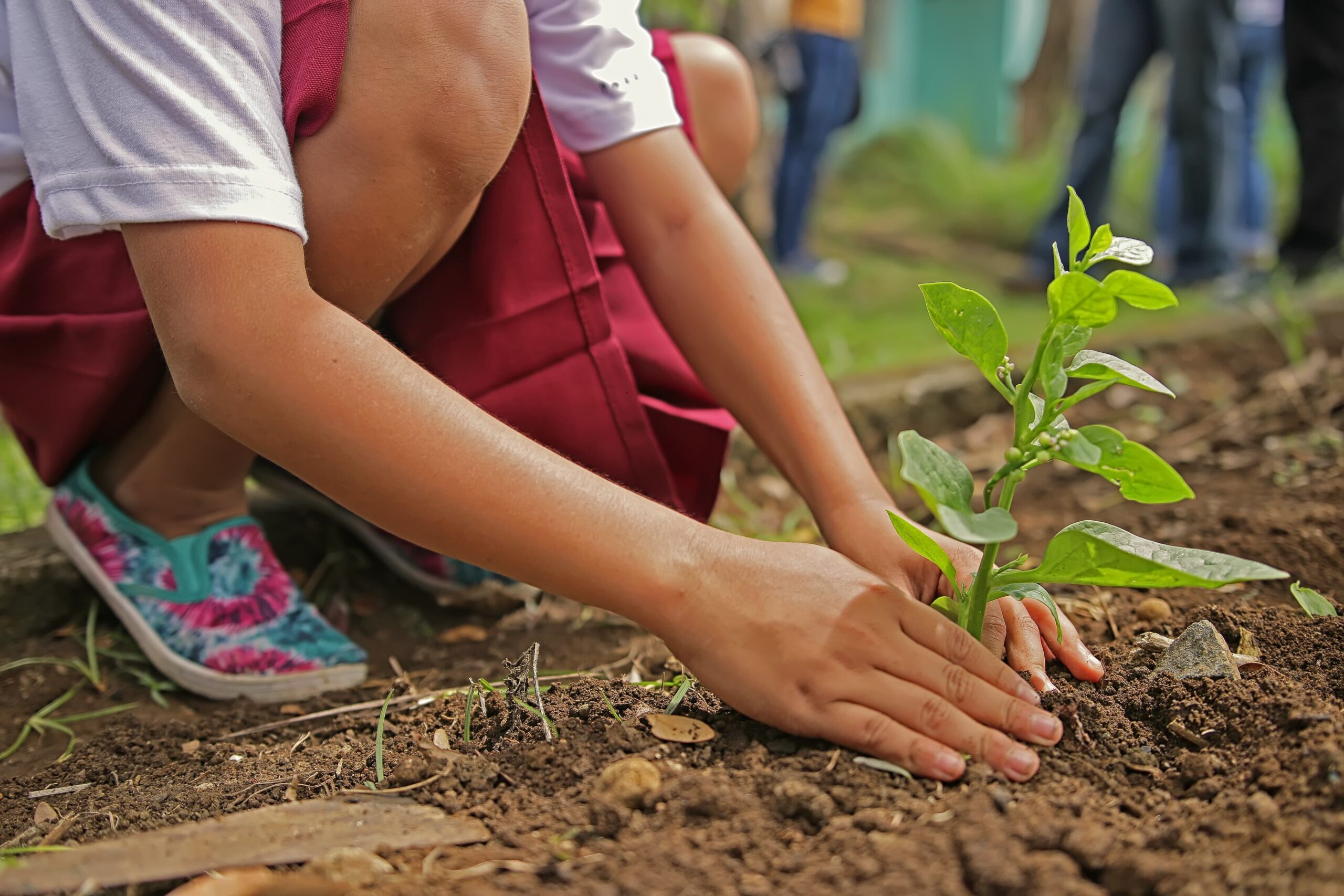
Our plan is a nonprofit subscription service that aims to negate the carbon footprint of our members through the planting of trees. Again, it’s all about accountability, right? That’s why we call it the carbon accountability plan. We strive to encourage you to take accountability for your carbon footprint by planting trees. We will plant 8 trees and 20 seeds for every subscriber on a monthly basis. This number of trees should easily negate close to double the average American consumer’s carbon footprint. Members will be able to track their progress, participate in additional rewards programs, learn about our impact, redeem rewards points and help share our message… all through our app! Imagine, carbon accountability in the palm of your hands. Yeah, we think it’s pretty cool too.
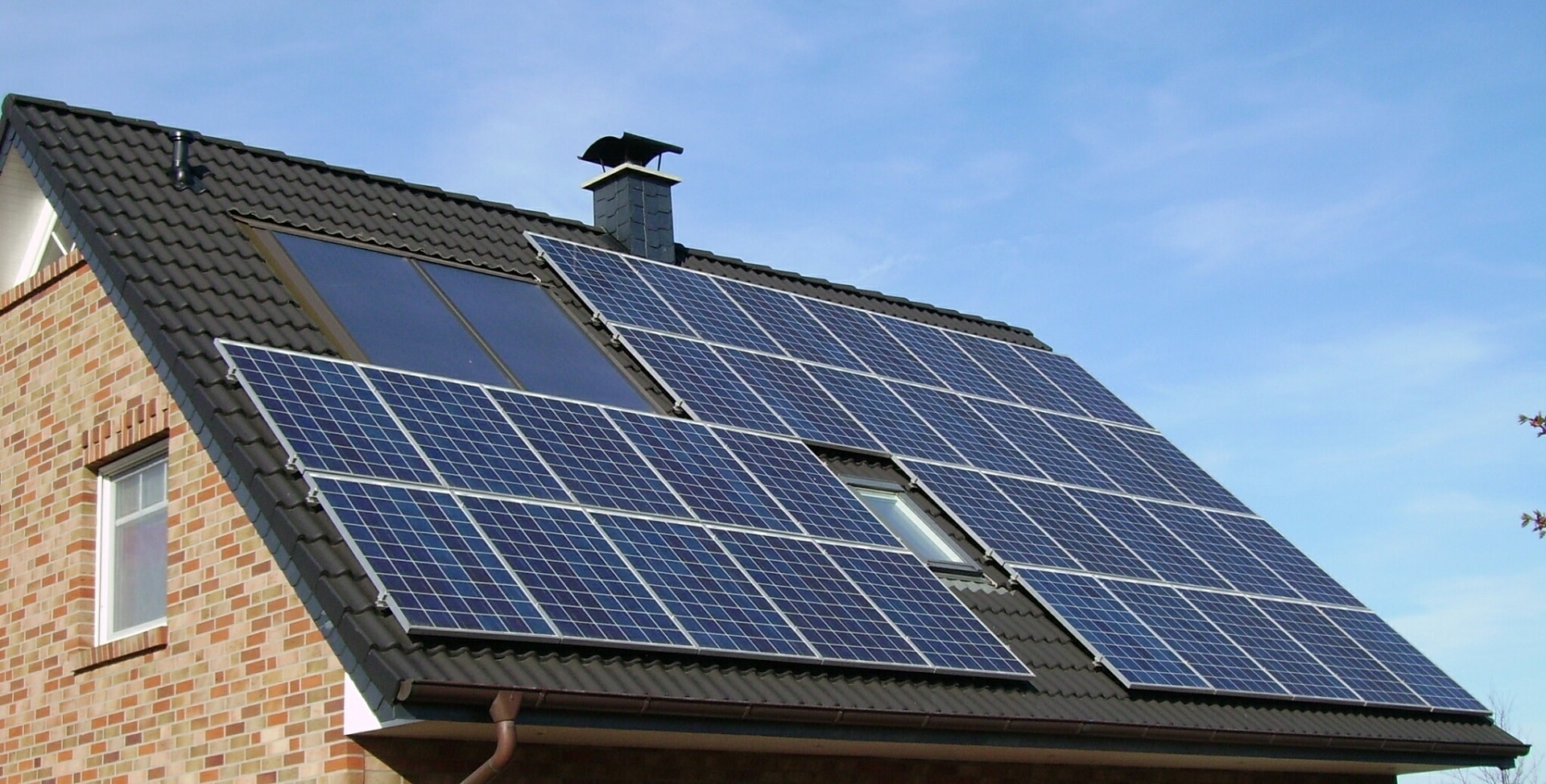
Large Scale Efforts for Sustainable Living
Big ticket solutions usually mean spending money to invest that money in green installations. All in all, if you’re looking to live sustainably, these solutions will make a huge impact. And, don’t worry, it’s okay if you can’t afford to make these changes. However, if you are financially able, consider installing solar panels and purchasing electric cars (or lawnmowers or snowblowers).
There is, however, a third energy conservation solution you may not have heard of. It’s pretty great. It’s called Geothermal Energy. Let’s explain.
Geothermal Energy
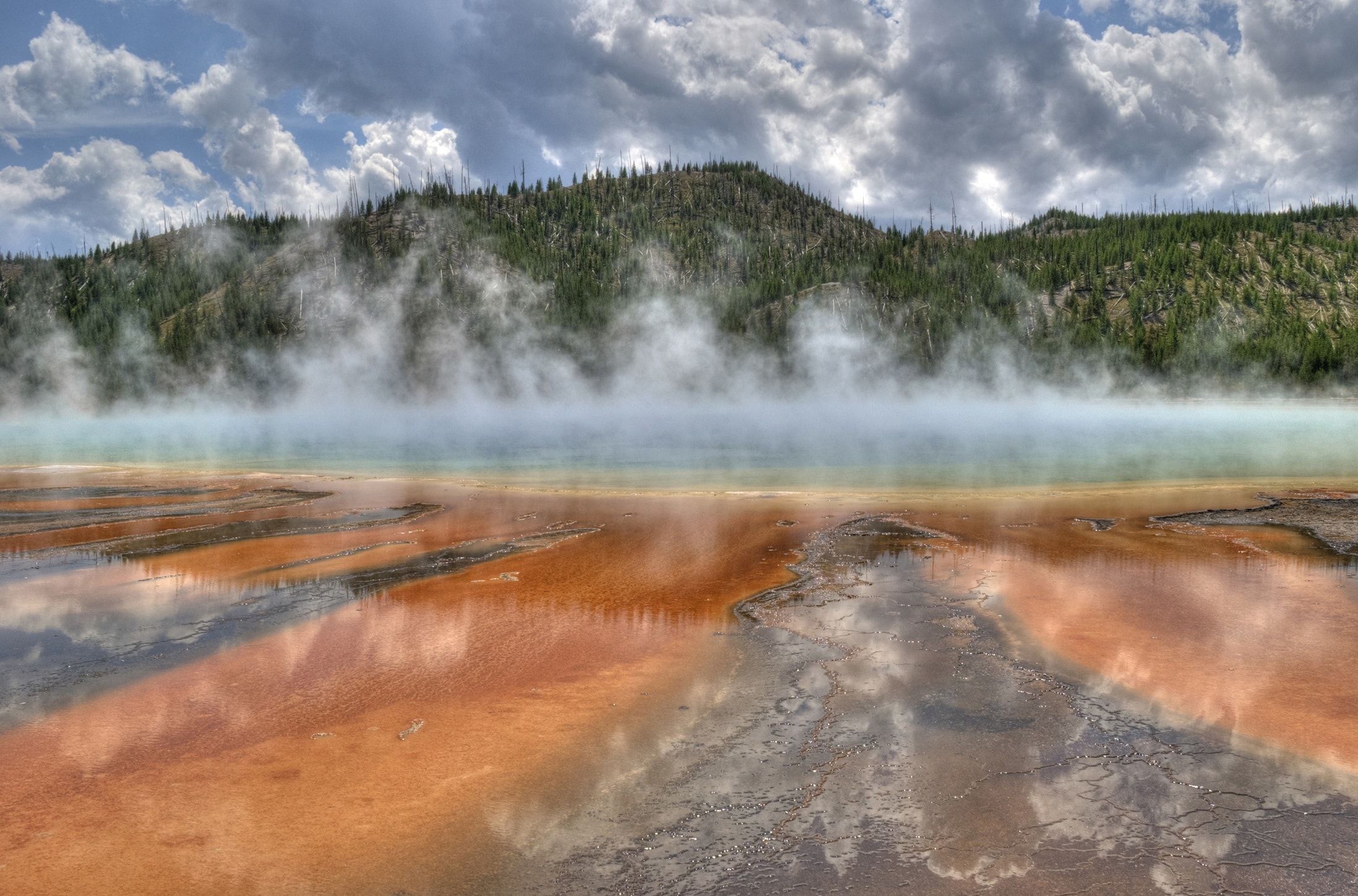
By and large, geothermal energy is the heat (thermal) energy that comes from the Earth (geo). Seems pretty simple, right? You may remember from science class that the core of the Earth is comprised of molten magma, which is undoubtedly extremely hot. So it’s no surprise that the crust above the Earth’s core is also hot. Alternatively, towards the surface of the Earth, the ground tends to stay at a constant temperature of about 50 degrees Fahrenheit. When we use geothermal energy, we are able to harness this natural energy and transfer it to heat and cool our homes. This energy can be utilized through a system of closed-loop network of pipes. They run underground, or possibly into a natural hot spring, and absorb the Earth’s natural temperature. This warmer or cooler air is then pumped right into your home where it keeps you and your family comfortable. We might not think of electricity as “dirty energy”, but unfortunately, (in most cases) it is. The electricity that we use to light our lamps and run our air conditioners are usually produced by burning non-renewable resources like coal. Making electricity is actually the leading cause of air pollution in the U.S. and creates more CO2 than any other energy creation sector.
But what about geothermal energy? According to the US Energy Information Administration (USEIA), large-scale geothermal plants do produce air pollutants, but about 99% LESS than other energy-creating plants do. But don’t worry, the small scale heating/cooling of your home produces virtually no pollutants.
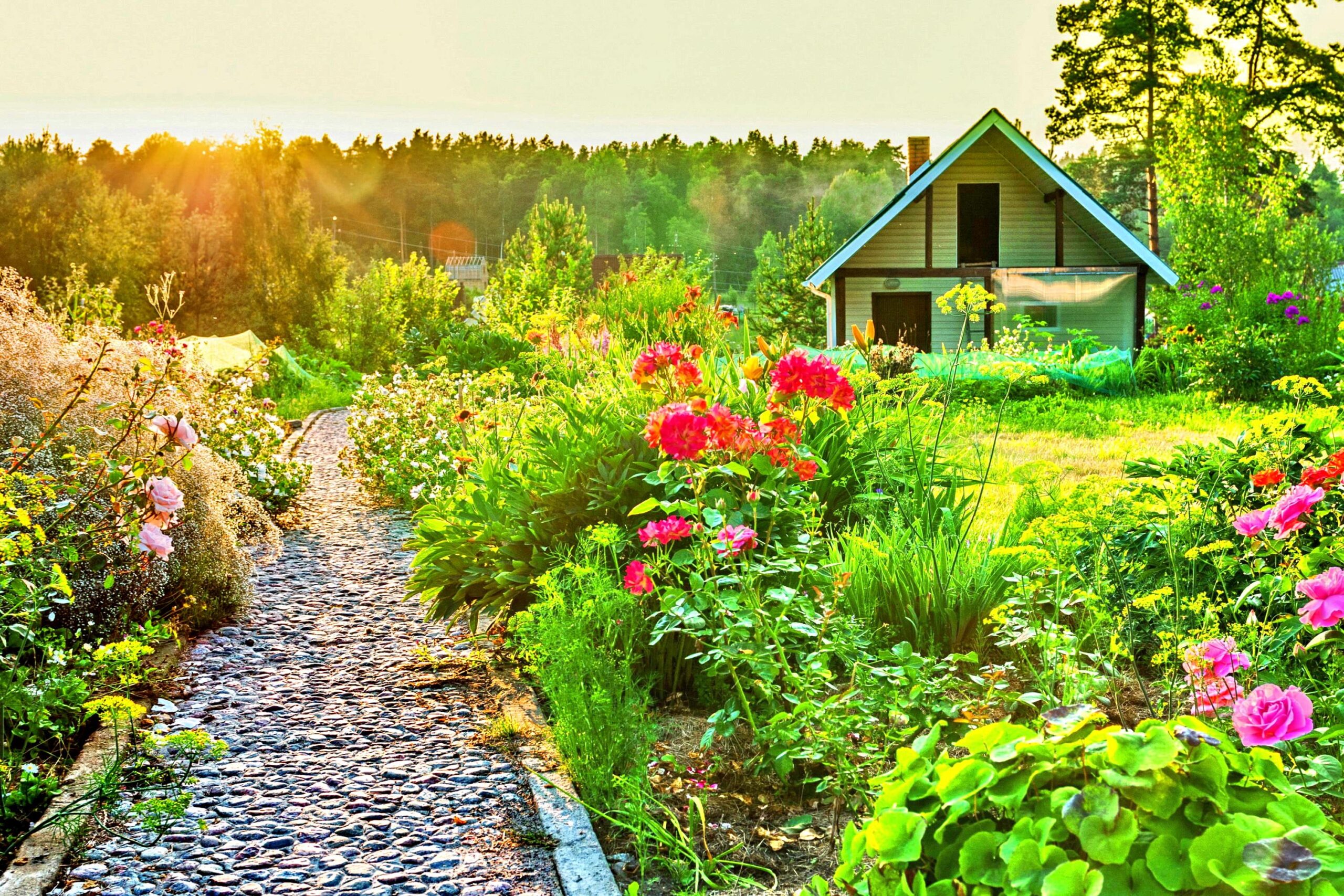
Living Sustainably Means Living Happily
We could go on and on and on about the ways you can live sustainably. It’s a good thing, really, that there are so many tips to live a more sustainable lifestyle. The trick, however, is to put those plans into action. We do so by taking accountability, making green choices, and sustaining those choices. Let’s use our consumerism, our need for instant gratification, our need to self-promote and show we are doing the right thing, and use them for our best hope for a green and prosperous future! Check out the Forest Founders website to learn more about how you can reduce your carbon footprint. For more sources on living a greener, sustainable lifestyle, be sure to check out this website from the EPA.
To start, we at Forest Founders have the most affordable and rewarding program to jumpstart or reinvigorate our collective quest towards reaches far beyond carbon neutrality. It doesn’t matter where you are located on that path, or if you are on it at all.
You can do your part. By doing so, it will surely inspire you and others to perform more and greater actions, for a mere twenty dollars per month. As always, we greatly appreciate you reading our blog and hope it was as inspiring as informative. Be sure to stay tuned to our next installment and visit Forest Founder’s website to learn all about the Carbon Accountability Program.